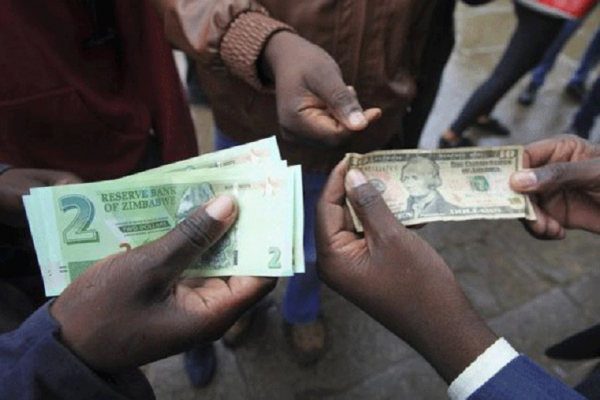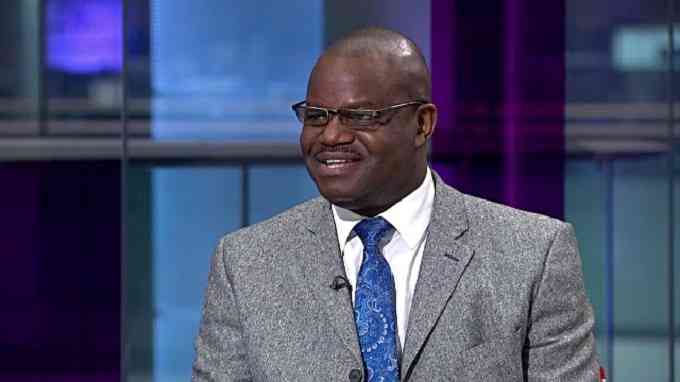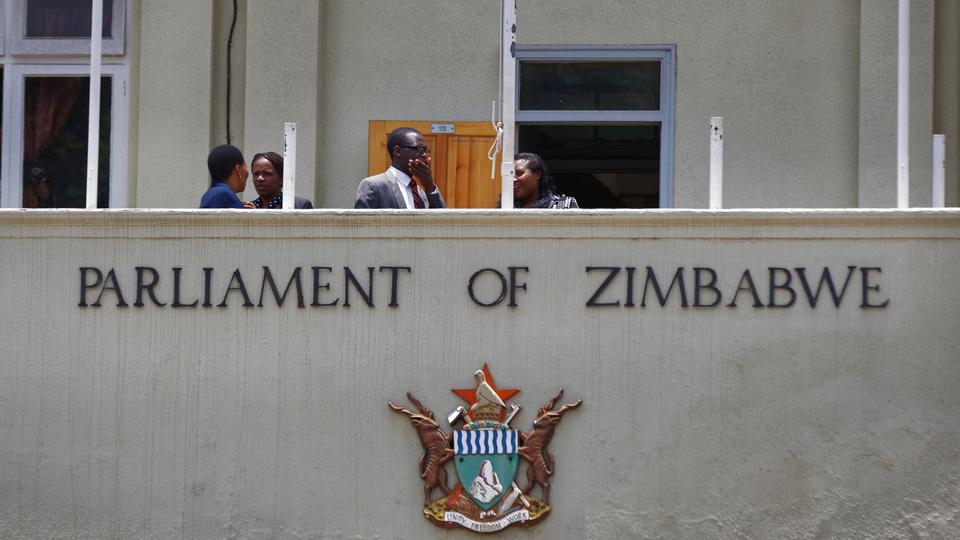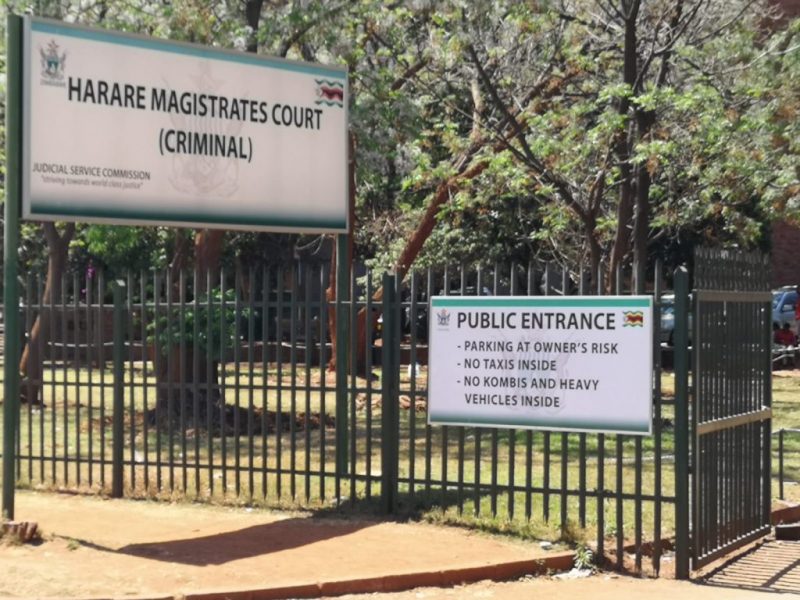
BY FIDELITY MHLANGA
ZIMBABWE’S inflation-ravaged dollar has plunged 79% against the greenback since it was declared the sole legal tender on June 24, amid an acute foreign currency shortage and diminishing market confidence.
When authorities scrapped the multiple-currency regime a decade after it was promulgated, the Zimdollar was trading at US$1:$6,47.
As of Tuesday, the interbank rate was now US$1: ZWL$11,6.
Monetary authorities introduced the official interbank market in February this year to allow companies to trade forex, but business has been struggling to access it.
On the parallel market, local currency was trading at US$1:$15,10 against the greenback, a testament of serious hard currency shortages buffeting the economy.
Monetary authorities insist that the two markets will eventually converge, stressing that there isn’t enough local dollars in circulation to sustain the continued run of the parallel market rate.
Morgan & Co head of research, Batanai Matsika said the devaluing of the Zimdollar was inevitable given its abrupt introduction in the absence of sound macro-economic fundamentals.
- Chamisa under fire over US$120K donation
- Mavhunga puts DeMbare into Chibuku quarterfinals
- Pension funds bet on Cabora Bassa oilfields
- Councils defy govt fire tender directive
Keep Reading
“What we have earlier on in our research is that the introduction of the currency was ill-timed. If you follow the currency market, you realised that it is affected by confidence issues; the fact that the fundamental of the broad economy are not conducive for a new currency. If you look at the inflation, GDP [gross domestic product] growth and our international relations,” Matsika said.
Authorities did the undoable by promulgating new currency when the southern African nation’s year-on-year inflation rate for the month of June 2019 rose sharply by 175,66%, the highest post-dollarisation at a time the economy is envisaged to contract by 3% by year end.
“There are lots of questions as to whether the introduction of the Zimdollar was economic or political decision. The expectation was that the introduction of the local currency was backed by an arrangement with South Africa to adopt the rand. So the bottom-line here is that the Zimdollar introduction was ill-timed,” Matsika added.
The parallel market has been rearing its ugly head by way of buying the US$ at inflated rates, forcing authorities to remove administrative limits on bureaux de change to tame black market activities.
The central bank has so far registered 45 bureaux de change dotted across the country. Since then, they are competing with each other to offer competitive rates in chasing the elusive green back.
Some of the registered bureaux de change are Fredex Financial Services, Getbucks Microfinance Bank, My Cash Financial Services, Access Finance (Pvt) Ltd, FMC Finance (Pvt) Ltd, Transformation Financial Services, Elizabeth Florist (Pvt) Ltd t/a TSD Bureau de Change, Zimbabwe Posts (Private) Limited, among others.











